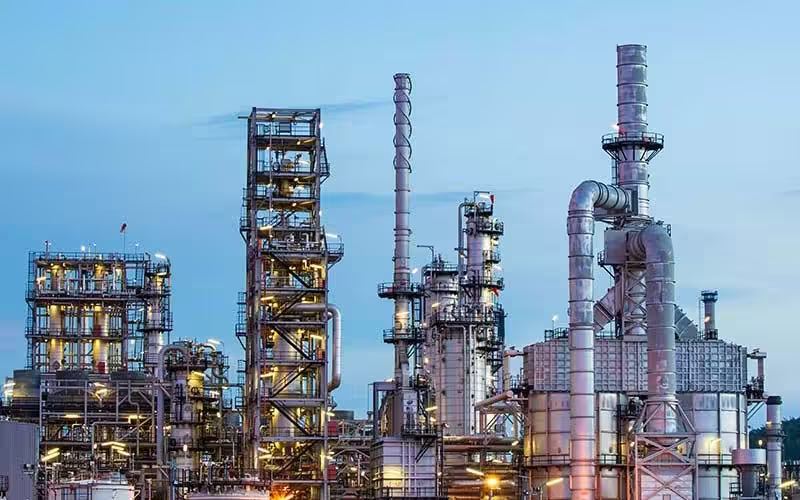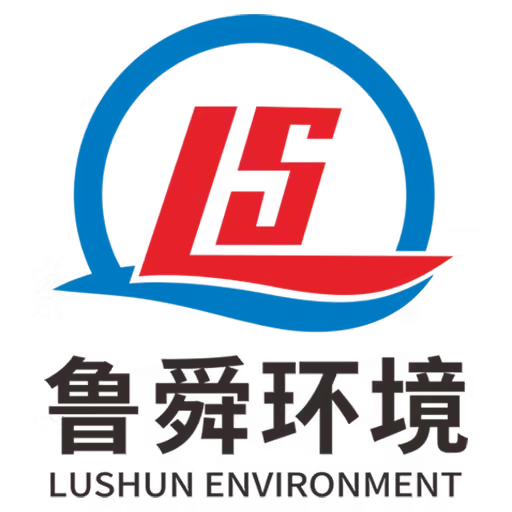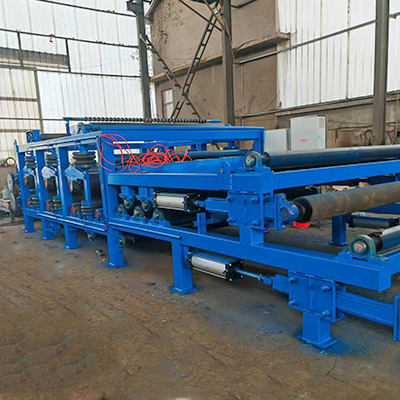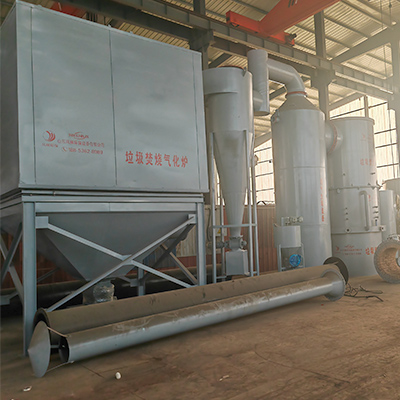Welcome to My Blog! 🌟
I’m so glad you’re here! Before we jump into the exciting content, I’d love for you to connect with me on my social media platforms. It’s where I share extra insights, interact with our amazing community, and post regular updates. Here’s how you can join the conversation:
📘 Facebook: Follow me on Facebook for more updates
Now, let’s dive into the journey ahead. I hope you find everything here both engaging and valuable. Together, let’s explore, learn, and grow! 🚀
Table of Contents
Introduction

In recent years, industrial wastewater treatment has become a critical concern for businesses and environmental regulators alike. With growing awareness of the environmental impact of industrial waste, companies are under increasing pressure to adopt sustainable and efficient solutions. In 2025, the demand for innovative industrial wastewater treatment solutions continues to rise as industries strive to meet environmental standards while minimizing costs and energy consumption.
Industrial wastewater treatment solutions are technologies and processes designed to remove contaminants from wastewater produced by industrial operations, ensuring that the water can be safely released into the environment or reused within the plant. In this article, we will explore five proven solutions that are gaining traction in 2025. These solutions not only provide high-efficiency treatment but also ensure regulatory compliance, sustainability, and cost-effectiveness.
NO 1. Advanced Membrane Filtration Technology: A Game-Changer for Industrial Wastewater Treatment Solutions
Membrane filtration has revolutionized the way industries manage and treat wastewater. This industrial wastewater treatment solution uses semi-permeable membranes to filter out contaminants from water. The process works by allowing only water molecules to pass through the membrane, effectively trapping suspended solids, bacteria, and other harmful substances that may be present in the wastewater.
In 2025, advances in membrane materials have taken membrane filtration technology to new heights. Ceramic and polymer-based membranes, in particular, have significantly enhanced the durability, lifespan, and performance of these filtration systems. This makes them ideal for a broad range of industrial applications, from pharmaceuticals and food and beverage production to chemical manufacturing. With membrane filtration systems, industries are now able to produce high-quality effluent that meets the required regulatory standards, thus contributing to a cleaner environment and more sustainable industrial practices.
Benefits of Membrane Filtration as an Industrial Wastewater Treatment Solution:
- High removal efficiency for a broad spectrum of contaminants, including bacteria, suspended solids, and oils
- Lower energy consumption compared to traditional water treatment methods, making it cost-effective in the long run
- Modular and scalable systems, which can be customized for varying plant capacities and needs
- Enhanced membrane longevity, thanks to advancements in membrane materials, leading to reduced operational costs over time
Membrane filtration technology has emerged as a highly versatile and efficient industrial wastewater treatment solution that offers industries the flexibility they need to handle a wide variety of wastewater conditions.
NO 2. Biological Treatment: Sustainable Solutions for Industrial Wastewater

Biological treatment is an environmentally friendly industrial wastewater treatment solution that harnesses the power of microorganisms to break down organic contaminants. This method uses bacteria or other microorganisms to decompose organic substances in wastewater, making it particularly effective for industries where organic pollutants are predominant.
In 2025, biological treatment technologies have advanced significantly with the introduction of systems such as Membrane Bioreactors (MBRs) and Moving Bed Biofilm Reactors (MBBRs). These advanced biological treatment solutions offer higher efficiency, reduced operational footprints, and improved handling of high-strength wastewater. By integrating biological treatment methods with membrane filtration or other technologies, industries can achieve optimal wastewater treatment performance, making this solution an ideal choice for industries like agriculture, food processing, and textiles.
Types of Biological Treatment in Industrial Wastewater Treatment Solutions:
- Activated Sludge Systems: These are widely used for wastewater containing a high organic load.
- Sequencing Batch Reactors (SBR): These systems are highly effective for variable wastewater flows and are used in both small and large-scale operations.
- Membrane Bioreactors (MBR): Combining biological treatment and membrane filtration, MBR systems offer a compact solution that delivers high-quality effluent.
- Moving Bed Biofilm Reactors (MBBR): These reactors provide excellent treatment efficiency, especially in industrial settings with varying wastewater conditions.
The combination of biological treatment and membrane filtration is particularly valuable for industries looking to comply with environmental regulations while maintaining cost-efficiency.
NO 3. Chemical Treatment Solutions: Efficient for Specific Contaminants
Chemical treatment solutions are widely used for treating wastewater that contains complex or hazardous contaminants that are difficult to remove using biological or membrane methods. These solutions typically involve adding chemicals to the wastewater to neutralize harmful substances, precipitate heavy metals, or coagulate pollutants, making them easier to remove from the system.
In industries such as mining, electroplating, and textiles, where wastewater often contains heavy metals, oils, or dyes, chemical treatment is often the most effective solution. The use of advanced chemical processes, such as Advanced Oxidation Processes (AOPs) and electrocoagulation, has made chemical treatment solutions even more efficient and targeted. These treatments ensure that industrial wastewater meets regulatory standards for discharge while improving the quality of water that can be reused within the plant.
Benefits of Chemical Treatment as an Industrial Wastewater Treatment Solution:
- Highly effective for treating a wide range of hard-to-remove contaminants, including heavy metals, oils, and dyes
- Fast and efficient, making it ideal for industries with a high volume of wastewater to treat
- Can be integrated with other treatment methods to enhance overall wastewater treatment efficiency
- Provides precise control over treatment parameters, allowing for better customization based on specific wastewater characteristics
Chemical treatments are often used in conjunction with other industrial wastewater treatment solutions to ensure the highest level of treatment efficiency and compliance with environmental standards.
NO 4. Zero Liquid Discharge (ZLD) Systems: A Step Toward Sustainability
Zero Liquid Discharge (ZLD) systems are at the forefront of sustainable industrial wastewater treatment solutions. These systems are designed to recover nearly all of the water from industrial wastewater, leaving behind only solid waste that can be safely disposed of or repurposed. ZLD systems are particularly valuable in industries where water conservation is a critical concern or where there is a regulatory need to eliminate wastewater discharge.
In 2025, ZLD technology has evolved to become more energy-efficient and cost-effective. The integration of advanced filtration and evaporation technologies has made ZLD systems viable for a wider range of industries, including power generation, oil and gas, and manufacturing. By adopting ZLD systems, industries can significantly reduce their environmental footprint, minimize water consumption, and comply with stringent wastewater discharge regulations.
Advantages of Zero Liquid Discharge as an Industrial Wastewater Treatment Solution:
- Complete water recovery for reuse, contributing to significant water conservation
- Reduces the discharge of wastewater into the environment, aligning with sustainability goals
- Helps meet stringent environmental regulations, ensuring compliance in industries with strict discharge requirements
- Supports sustainability initiatives by promoting circular water usage within industrial operations
ZLD systems represent the cutting-edge of industrial wastewater treatment solutions and offer a path toward a more sustainable future.
NO 5. Electrochemical Treatment: A Powerful Solution for Industrial Wastewater

Electrochemical treatment is an emerging industrial wastewater treatment solution that utilizes electrical currents to remove contaminants from wastewater. This method typically involves electrocoagulation or electrooxidation, both of which can treat a variety of pollutants, including oils, heavy metals, and organic compounds.
In 2025, electrochemical treatment solutions are becoming more advanced with improvements in electrode materials, power efficiency, and scalability. This technology is particularly useful in industries such as oil and gas, automotive, and food processing, where complex contaminants are frequently encountered. The ability to treat wastewater effectively with low chemical usage and reduced environmental impact makes electrochemical treatment an attractive option for many industries.
Benefits of Electrochemical Treatment as an Industrial Wastewater Treatment Solution:
- Highly efficient in removing a wide range of contaminants, including oils, heavy metals, and organic compounds
- Low chemical usage, making it an environmentally friendly alternative to traditional chemical treatment methods
- Compact and modular, making it suitable for small and medium-sized facilities
- Can be used as a standalone treatment method or in combination with other treatment technologies for enhanced performance
Electrochemical treatment is gaining traction as a powerful industrial wastewater treatment solution that offers numerous advantages, particularly in industries with complex and varied wastewater characteristics.
Industrial Wastewater Treatment Solutions Table
The table below compares the five proven industrial wastewater treatment solutions discussed in this article, highlighting their key features, advantages, and ideal applications.
| Treatment Solution | Key Features | Advantages | Ideal Applications |
|---|---|---|---|
| Membrane Filtration | Semi-permeable membranes, high efficiency | Low energy, modular, high removal efficiency | Food & beverage, pharmaceutical, chemical |
| Biological Treatment | Use of microorganisms for organic breakdown | Sustainable, low cost, efficient for organic matter | Agriculture, food processing, textiles |
| Chemical Treatment | Chemical additives to neutralize or precipitate contaminants | Effective for specific contaminants, fast | Mining, electroplating, textiles |
| Zero Liquid Discharge (ZLD) | Complete water recovery, minimal wastewater discharge | Full water recovery, environmentally friendly | Water-scarce regions, heavy industries |
| Electrochemical Treatment | Electrocoagulation or electrooxidation, electrical currents | Low chemical use, high efficiency for complex pollutants | Oil & gas, automotive, food processing |
Conclusion
As industries continue to face environmental challenges and tightening regulations, the adoption of advanced industrial wastewater treatment solutions has never been more important. In 2025, the solutions highlighted above offer a diverse range of benefits, from sustainable water recovery to efficient pollutant removal. Choosing the right treatment solution depends on the specific needs of your industry, the types of contaminants present in your wastewater, and your sustainability goals. By integrating the latest technologies into your wastewater management practices, you can not only meet regulatory requirements but also contribute to a greener, more sustainable future.
FAQ
What is the most effective industrial wastewater treatment solution for heavy metals?
Chemical treatment solutions, particularly coagulation and flocculation, are highly effective for removing heavy metals from wastewater. These methods help neutralize and precipitate metals, making them easier to remove.
How do membrane filtration systems work?
Membrane filtration systems use semi-permeable membranes to separate contaminants from water. Water molecules pass through the membrane, while contaminants like suspended solids, bacteria, and other particles are retained.
What industries benefit most from Zero Liquid Discharge systems?
Industries facing water scarcity or strict discharge regulations, such as power generation, oil and gas, and food processing, are increasingly adopting ZLD systems to recycle and reuse wastewater.
Are biological treatment systems effective for all types of wastewater?
Biological treatment systems are particularly effective for wastewater with high organic content, such as those from food processing and agriculture. However, they may not be suitable for wastewater with high levels of non-organic contaminants.
What are the environmental benefits of industrial wastewater treatment solutions?
These solutions help reduce pollution, conserve water, and minimize the environmental impact of industrial operations. They also support compliance with environmental regulations and contribute to sustainability efforts.






